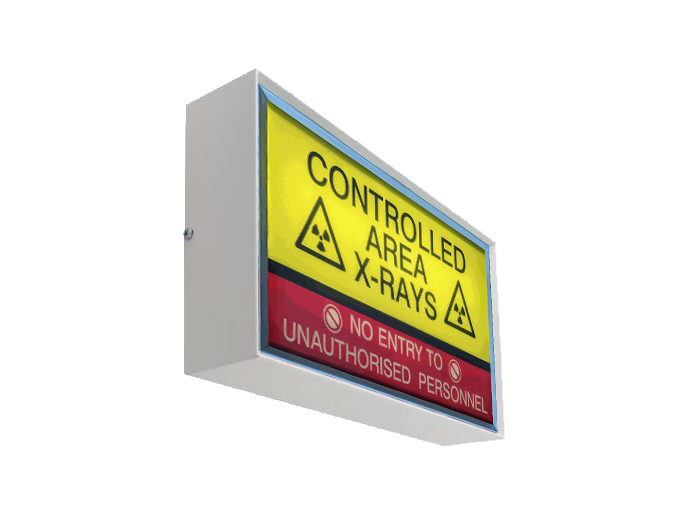
If you've ever been to a veterinary clinic, you've most likely noticed various equipment vital to the medical care of our loved pets. One of the most widespread, yet often undervalued, parts are the 'vet x-ray warning lights'. These warning lights have a significant part in making sure of the safety of both the veterinary staff and the animals in care. In this article, we'll go in-depth into the territory of 'vet x-ray warning lights' and examine their significance.
Understanding Vet X-Ray Machines
Before exploring the nuances of the 'x-ray warning lights', it's important to understand the primary tool they are related to - the x-ray machine. Veterinary x-ray machines permit vets to look inside an animal's body. They can help discover bone fractures, tumours, foreign objects, and other internal matters that might not be clear from a physical examination alone.
However, as advantageous as they are, x-ray machines give off ionising radiation, which is damaging in excessive amounts. That's where the 'x-ray warning lights' come into play.
The Role of X-Ray Warning Lights in Veterinary Clinics
'X-ray warning lights' have a clear-cut yet essential function. They light up to signal when the x-ray machine is in operation, telling staff, visitors, and other animals to avoid from the direct area. Here's why they're key:
Safety First: The principal role of 'vet x-ray warning lights' is safety. They make sure that anyone in the vicinity knows when likely harmful x-rays are being radiated.
Preventing Unnecessary Exposure: Extended exposure to x-rays can be adverse. By notifying everyone in the vicinity, these warning lights have a essential role in lessening any unintended exposure.
Legal and Regulatory Compliance: In various jurisdictions, including the UK, the use of 'x-ray warning lights' is not just recommended but a binding requirement. Veterinary clinics are compelled to adhere to individual safety protocols, with the use of warning lights being supreme among them.
Choosing the Right Vet X-Ray Warning Lights
If you're a clinic owner or a vet desiring to start a new practice, it's imperative to buy high-quality 'vet x-ray warning lights'. Here's what to consider:
Visibility: Guarantee that the lights are bright enough to be seen from a distance, even in well-lit environments.
Durability: Veterinary clinics are hectic environments. Invest in warning lights that can resist a bit of wear and tear.
Integration with X-Ray Machine: Some modern 'x-ray warning lights' can be merged with the x-ray machine to automatically turn on or off. Such harmonisation adds an extra layer of safety and convenience.
Maintenance and Checks
Consistent checks and maintenance of your 'vet x-ray warning lights' are imperative to guarantee they function rightly. A faulty light could result in unintended exposure. Guarantee that:
Periodic Inspections are Carried Out: Inspect the lights daily before clinic operations kick off.
Replace Faulty Bulbs Promptly: Don't delay for a bulb to die wholly. If you notice it weakening or flickering, it's time for a swap.
Test for Synchronisation: If your warning light is integrated with your x-ray machine, frequently test to confirm they sync appropriately.
'X-ray warning lights' in veterinary clinics may appear like straightforward devices, but they perform a pivotal role in making sure of the safety of both the staff and the animals. They function as silent guardians, defending everyone from unneeded radiation exposure. Whether you're a vet, a pet owner, or a concerned individual, understanding the importance of these lights and verifying they function well is crucial.
If you're eager to discover more about x-rays in veterinary practice or are seeking top-quality 'vet x-ray warning lights', we invite you to visit xray4vets. With a multitude of information and products designed for the veterinary realm, it's your ultimate destination for all things x-ray related. Safe practices confirm a more secure environment for everyone involved, so never ever underestimate the strength of that small warning light!"